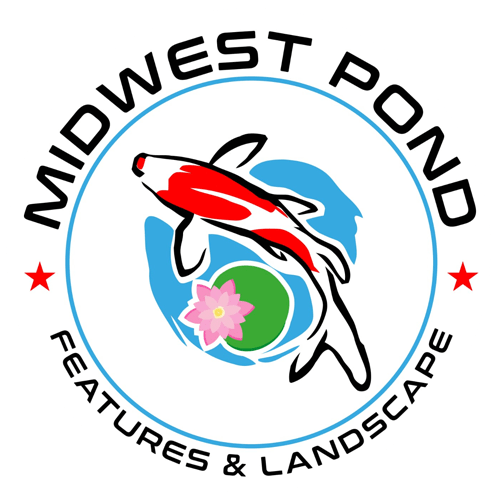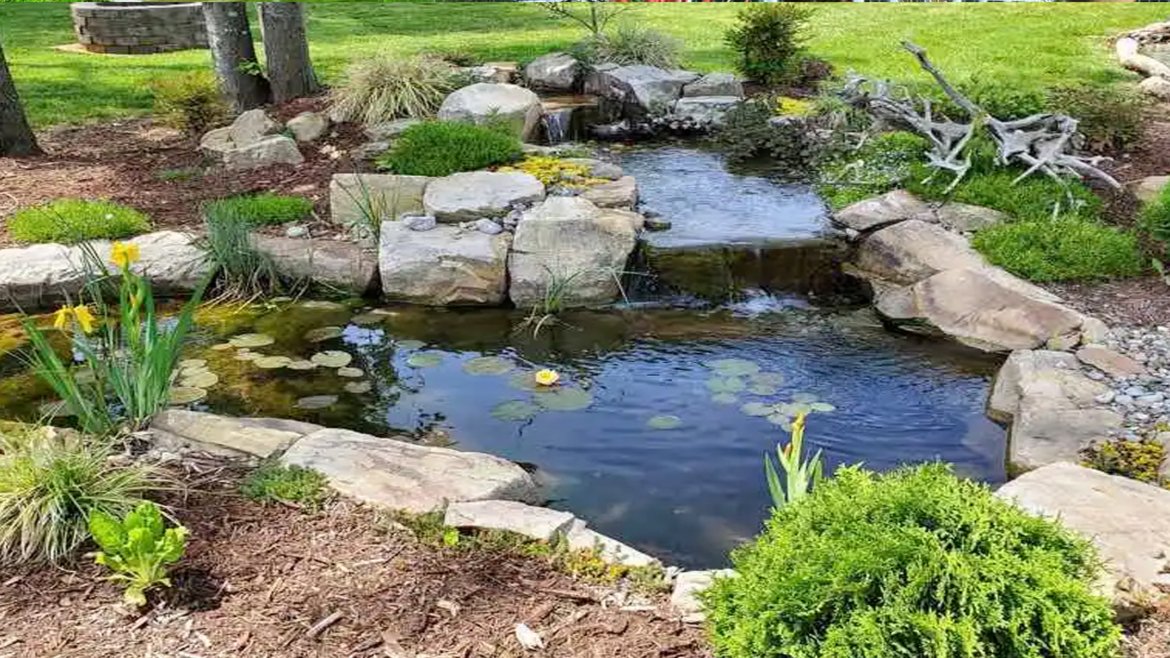Koi ponds are a beautiful addition to a garden. They help create a relaxing and visually calming atmosphere that can unquestionably benefit the overall appearance of your landscaping.
However, maintaining and upgrading a koi pond design requires careful consideration and planning.
This blog will explore various ways to enhance an existing koi pond, ensuring it remains a healthy and attractive habitat for your koi.
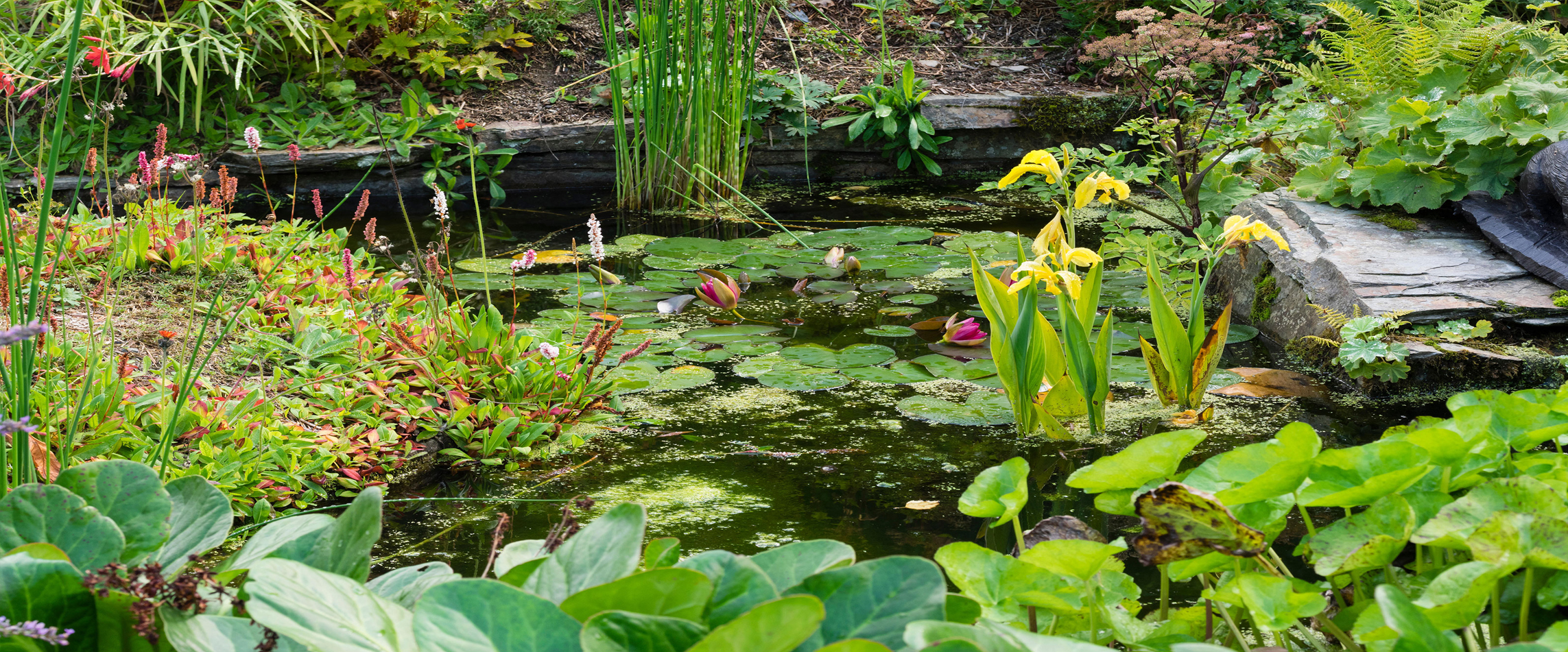
How to Enhance an Existing Pond
Enhancing an existing pond involves a multifaceted approach to improving its aesthetic appeal and ecological balance.
Start by assessing the pond’s current state, including water quality, filtration efficiency, and structural integrity.
Upgrade koi pond filters to ensure clear and healthy water, and consider adding beneficial bacteria to maintain optimal water chemistry.
Expand the pond’s size and depth to provide a more spacious habitat for the koi fish.
Incorporate aesthetic features such as waterfalls, fountains, and underwater koi pond lighting to enhance visual appeal, and introduce a variety of aquatic plants to improve the natural filtration process and provide shade.
Regular koi pond maintenance, including debris removal and water testing, is essential to keep the pond in top condition.
Integrating modern technology like automated feeders and intelligent monitoring systems can streamline maintenance tasks and ensure a thriving koi pond ecosystem.
Assessing Your Current Koi Pond
Before making any upgrades, it’s essential to assess the current state of your pond. Check for the following:
Water Quality: Test the water for pH levels, ammonia, nitrites, and nitrates. Poor water quality can be detrimental to koi health.
Filtration System: Evaluate the efficiency of your current filtration system. An inadequate filter can lead to murky water and unhealthy koi fish.
Pond Size: Ensure your pond is large enough for the number of koi you have. Overcrowding can stress the koi fish and reduce water quality.
Structural Integrity: Look for leaks or damage in the pond liner or walls that need repair.
Enhancing Water Quality
It is essential to ensure that the water where the koi is kept has the correct water quality to enhance its health. Here are some steps to strengthen it:
Upgrade Filtration System: Consider installing more efficient mechanical, biological, and chemical koi pond filters. A UV clarifier can also help reduce algae growth.
Add Beneficial Bacteria: Introducing beneficial bacteria can help break down organic waste, reducing ammonia and nitrite levels in the pond.
Regular Water Changes: Conduct partial water changes to remove toxins and replenish essential minerals. Aim for a 10-20% water change weekly.
Expanding and Deepening the Koi Pond
Koi needs ample space to thrive. If your pond is too small, consider expanding it. Here are some tips:
Increase Depth: A deeper pond (at least 3-4 feet) provides better temperature regulation and protection from predators.
Expand Surface Area: Increasing the pond’s surface area allows for more oxygen exchange and gives koi more room to swim.
Enhancing Aesthetic Appeal
Upgrading the aesthetic appeal of your pond can create a more enjoyable and visually pleasing environment. Consider these enhancements:
Water Features: Add koi pond waterfalls, fountains, or streams to create movement and sound, which also helps aerate the water.
Koi Pond Lighting: Install underwater and perimeter lighting to highlight the pond’s features and allow for nighttime enjoyment.
Koi Pond Plants: Keep various aquatic plants such as water lilies, lotus, and marginal plants. They add beauty, provide shade, and help maintain koi pond water quality.
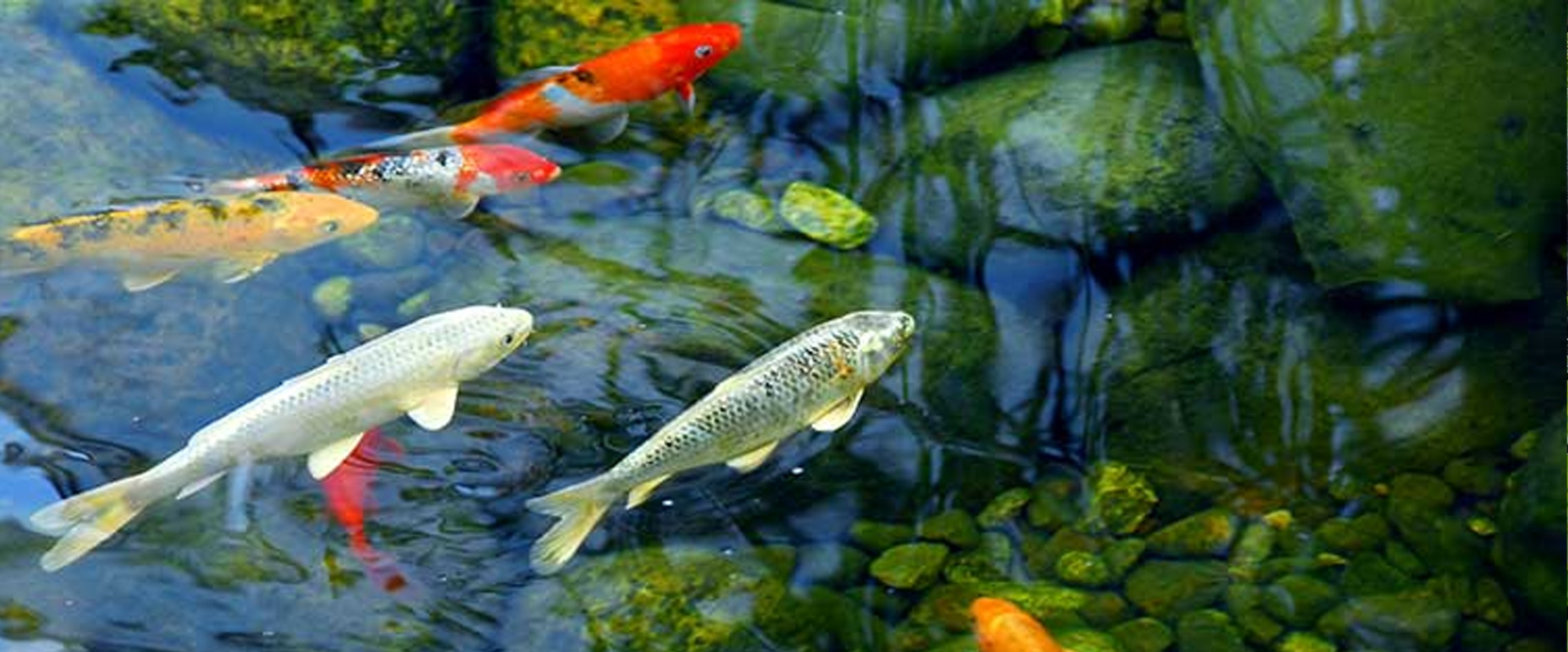
Improving Habitat for Koi
Creating a healthy environment for your koi is essential. Here are some suggestions:
Koi Cave or Hideaways: Provide hiding spots for koi to feel secure, especially during extreme weather or when predators are around.
Aeration: Improve koi pond aeration by adding air pumps or aeration systems to ensure enough oxygen in the water, particularly in the summer when oxygen levels drop.
Feeding Areas: Designate specific areas for feeding to prevent food from scattering and fouling the water.
Regular Maintenance
Routine maintenance is vital to a thriving pond. Implement a consistent maintenance schedule that includes the following:
Skimming Debris: Regularly remove leaves and debris from the pond surface using a skimmer net.
Cleaning Koi Pond Filters: Clean and backwash filters as per the manufacturer’s instructions to maintain their efficiency.
Monitoring Water Parameters: Keep an eye out for pond water quality parameters and address any imbalances promptly.
Seasonal Considerations
Each season brings different challenges for koi pond maintenance:
Spring: Perform a thorough clean-up, check equipment, and gradually increase feeding as the weather warms up.
Summer: Ensure adequate aeration and shade to prevent overheating and monitor water levels closely.
Fall: Remove fallen leaves regularly and consider installing a net over the pond to catch debris.
Winter: If you live in a cold climate, ensure the pond doesn’t freeze completely.
Utilize a pond heater or de-icer to allow some gas exchange by keeping a portion of the pond’s surface open with ice on it.
Incorporating Technology
Modern technology can enhance the functionality and ease of maintaining a pond. Here are some technological upgrades to consider:
Automated Feeders: Install automated feeders to ensure your koi are fed consistently, even when you’re not around.
Smart Monitoring Systems: Smart devices monitor pond water quality parameters such as pH, temperature, and oxygen levels. These systems can alert you to issues that need immediate attention.
Remote-Controlled Lighting and Water Features: Integrate your pond’s lighting and water features with smart home systems for easy control via smartphone apps.

Enhancing Biological Balance
A well-balanced ecosystem is vital for the health of your pond. Here’s how you can achieve and maintain biological balance:
Natural Filtration: Plants and substrates create natural pond filters. Plants such as water hyacinths, water lettuce, and submerged plants can absorb excess nutrients, helping to keep the water clear.
Fish Population Management: Avoid overstocking your pond. A rule of thumb is one inch of fish per ten gallons of water, which can vary depending on your filtration capacity and maintenance routine.
Introducing Predatory Insects and Animals: Add beneficial insects like dragonfly larvae or small fish species that feed on mosquito larvae and other pests, helping to keep the pond clean.
Landscaping Around the Koi Pond
The area surrounding your pond significantly influences the overall aesthetic and function. Here are some landscaping tips:
Use Native Plants: Incorporate native plants that require less pond maintenance and are well-suited to your local climate.
Create Natural Borders: Use rocks, gravel, and plants to create natural-looking borders around the pond.
Add Seating Areas: Designate a seating area where you can relax and enjoy the view of your pond.
Introducing New Koi
If you’re considering adding more koi to your pond, do so carefully to maintain a healthy environment:
Quarantine New Fish: Always quarantine new koi for at least two weeks before introducing them to your pond. This helps prevent the spread of diseases.
Gradual Introduction: Introduce new fish gradually to minimize stress and allow them to acclimate to their new environment.
Observe Compatibility: Ensure the new koi are compatible with your existing fish in size and temperament.
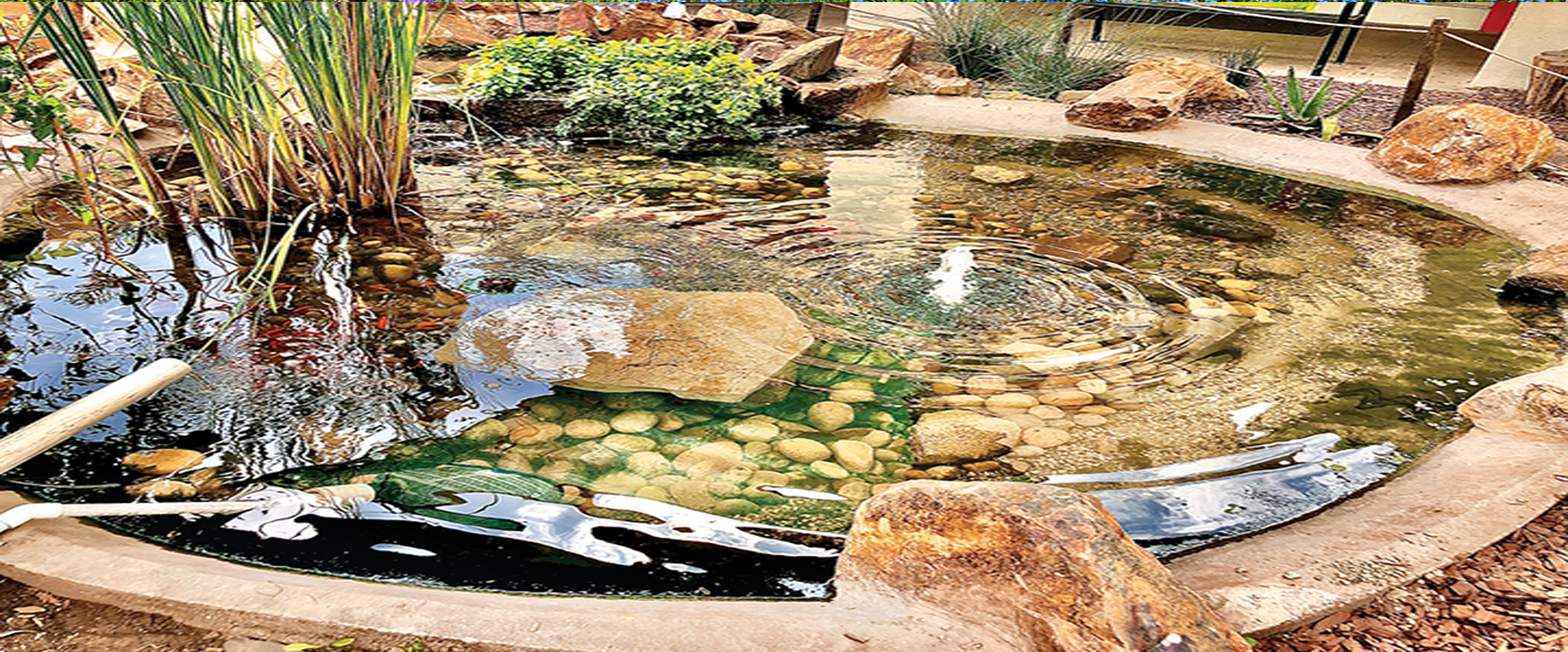
Education and Community Involvement
One of the best ways to enhance your koi pond experience is by continuously educating yourself and getting involved in the koi pond community. Here’s how:
Join a Koi Club: Local and online koi clubs offer a wealth of knowledge and a platform to share experiences and techniques with fellow enthusiasts.
Attend Workshops and Seminars: Many garden centers, pond supply stores, and koi clubs offer workshops and seminars on pond maintenance, koi health and disease, and koi pond water quality management.
Read Books and Articles: Invest in some well-regarded books and subscribe to magazines or online publications dedicated to pond construction and management.
Sustainability Practices
Incorporating sustainable practices in your pond management can benefit your pond and the environment. Consider these eco-friendly practices:
Rainwater Harvesting: Use collected rainwater for your pond to reduce reliance on tap water. Ensure the collected water is filtered correctly before use.
Solar-Powered Equipment: Opt for solar-powered pond pumps and lights to reduce energy consumption and carbon footprint.
Eco-Friendly Products: Use eco-friendly pond treatments, cleaning products, and tools to minimize the impact on the environment and your pond’s ecosystem.
Wrapping it Up
Upgrading your koi pond can be a rewarding endeavor that enhances your garden’s beauty and ensures your koi’s health and happiness.
Focus on pond water quality to ensure a healthy environment for your koi. Consider expanding the pond to provide more space and improve the habitat.
Add aesthetic features such as pond waterfalls and lighting to enhance visual appeal.
Improve the habitat with hiding spots and adequate pond aeration. Maintain regular care, including pond cleaning and monitoring water parameters.
Adapt pond maintenance routines to seasonal changes. Incorporate technology like automated feeders and smart monitoring systems for efficiency.
Carefully introduce new koi to avoid stressing the existing population. Educate yourself continually about pond care and management. Adopt sustainable practices to benefit both the pond and the environment.
With thoughtful planning and consistent effort, your upgraded pond will become a centerpiece of tranquility and natural beauty in your outdoor space. Happy Ponding!
